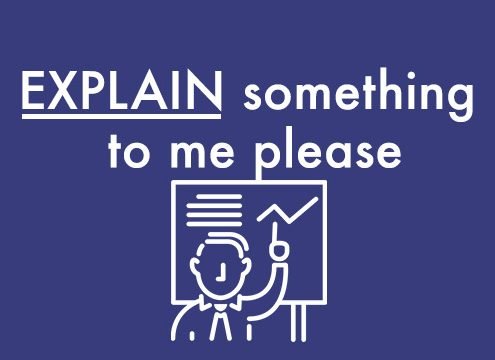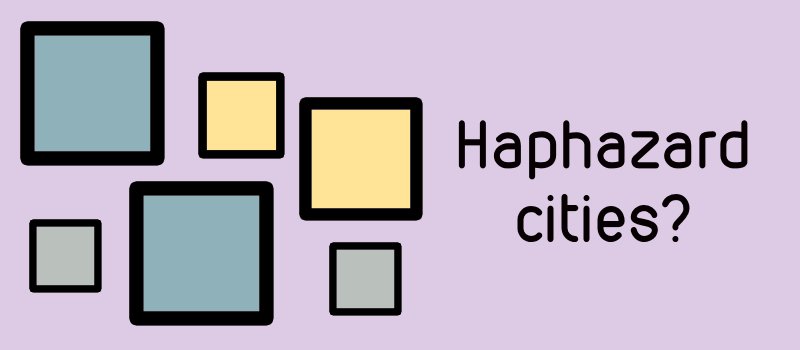The verb explain is used when we would like make something clear or easy to understand, by describing or giving information about it (para aclarar, explicar o exponer algo).
It is used with a direct object (objeto directo), or with a direct object and a prepositional phrase with to.
A common mistake is to say “please explain me it”. You will be understood but you have made a mistake. The error is in using an indirect object pronoun (me) directly after the verb “explain”.
Consider these examples.
- Mr. Rajoy explained the problem to me.
Check the structure: subject = Mr. Rajoy, verb = explained, direct object = the problem and to “me” = indirect object.
If you had said (si hubiera dicho) “Mr. Rajoy explained me the problem”, you would be understood, but you have made a mistake.
- I explained the problem to him (se lo explique…). Here we have subject, verb, direct object and indirect object.
- Can you explain the reasons to me?
Not: Can you explain me the reasons?
- We explained the situation to the team.
Not: We explained the team the situation.
We don’t use explain to mean ‘describe’. Describe means ‘say or write what someone or something is like’. If we explain something, we give a reason for it or say how it works:
To describe myself, I am very poor and a farm worker. This sentence is correct.
This is wrong: To explain myself, I am very poor….











